
Endodontics - Union City, CA
Endodontics
Root canal treatment saves teeth by removing infected pulp and bacteria, restoring function and avoiding more costly extractions.
Schedule Your Appointment
Introduction to Endodontics
Endodontics is a dedicated field of dentistry focused on diagnosing and treating root canal-related and dental pulp issues. The dental pulp can become injured or infected for various reasons, such as tooth decay, cracks, trauma, or extensive dental procedures. When the dental pulp is compromised, it can lead to severe pain, sensitivity, and even tooth loss if left untreated. Endodontic treatment aims to save the natural tooth by addressing the issues affecting the dental pulp.

Noble Dental Care's endodontic specialists provide expert care to maintain healthy teeth. We offer comprehensive dental services, ensuring optimal oral health for our patients.


Endodontic Services at Noble Dental Care
At Noble Dental Care, we offer a comprehensive range of endodontic services to meet our patients' unique needs. Our skilled endodontists utilize the latest advancements in technology and techniques to provide efficient and comfortable treatments. Whether you require root canal therapy, endodontic retreatment, or treatment for dental trauma, you can trust our team to deliver exceptional care. Here is a quick overview of endodontic services available at Noble Dental Care:
Root Canal Treatment:One of the most common endodontic procedures is root canal treatment. It involves removing the inflamed or infected dental pulp, cleaning and shaping the root canal, and sealing it to prevent reinfection.
Endodontic Retreatment:In cases where a previously treated tooth develops new issues, endodontic retreatment may be necessary to address the problem and save the tooth.
Apicoectomy:This surgical procedure involves removing the infected tip of the tooth's root and sealing it to prevent further infection.
Dental Trauma Management:Our endodontists are skilled in treating dental injuries caused by trauma, such as dislodged teeth, fractures, or avulsed teeth.

Endodontic Services at Noble Dental Care
At Noble Dental Care, we offer a comprehensive range of endodontic services to meet our patients' unique needs. Our skilled endodontists utilize the latest advancements in technology and techniques to provide efficient and comfortable treatments. Whether you require root canal therapy, endodontic retreatment, or treatment for dental trauma, you can trust our team to deliver exceptional care. Here is a quick overview of endodontic services available at Noble Dental Care:
Root Canal Treatment:One of the most common endodontic procedures is root canal treatment. It involves removing the inflamed or infected dental pulp, cleaning and shaping the root canal, and sealing it to prevent reinfection.
Endodontic Retreatment:In cases where a previously treated tooth develops new issues, endodontic retreatment may be necessary to address the problem and save the tooth.
Apicoectomy:This surgical procedure involves removing the infected tip of the tooth's root and sealing it to prevent further infection.
Dental Trauma Management:Our endodontists are skilled in treating dental injuries caused by trauma, such as dislodged teeth, fractures, or avulsed teeth.
Why is our Endodontic Treatment Essential?
Endodontic treatment is essential for preserving the health and function of the natural tooth. While alternative options are available, such as tooth extraction and replacement, saving the original tooth is always the preferred choice whenever possible. Here are some key reasons why endodontic treatment is important:
Our Endodontic Procedures
The endodontic process typically involves the following steps:
Step 1: Step 1: Initial Consultation

During the initial consultation, our Union City Endodontist will carefully examine your teeth, review your dental history, and perform any necessary diagnostic tests, such as X-rays or 3D imaging, to determine the extent of the problem.
Step 2: Step 2: Treatment Planning

Based on the diagnosis, our Union City Endodontist will create a personalized treatment plan tailored to your specific needs. They will explain the recommended procedure, discuss any alternative options, and address any concerns or questions you may have.
Step 3: Step 3: Root Canal Therapy

The actual root canal procedure involves removing the damaged or infected dental pulp, cleaning and disinfecting the root canal system, and filling it with a biocompatible gutta-percha material. Sometimes, a dental crown may be placed to restore the tooth's strength and appearance.
Step 4: Step 4: Follow-up and Restoration

After completing the root canal therapy, our Endodontist in Union City will schedule a follow-up appointment to ensure the successful healing of the treated tooth. Depending on the extent of the damage, a final restoration may be recommended to protect the tooth and restore its natural function.
